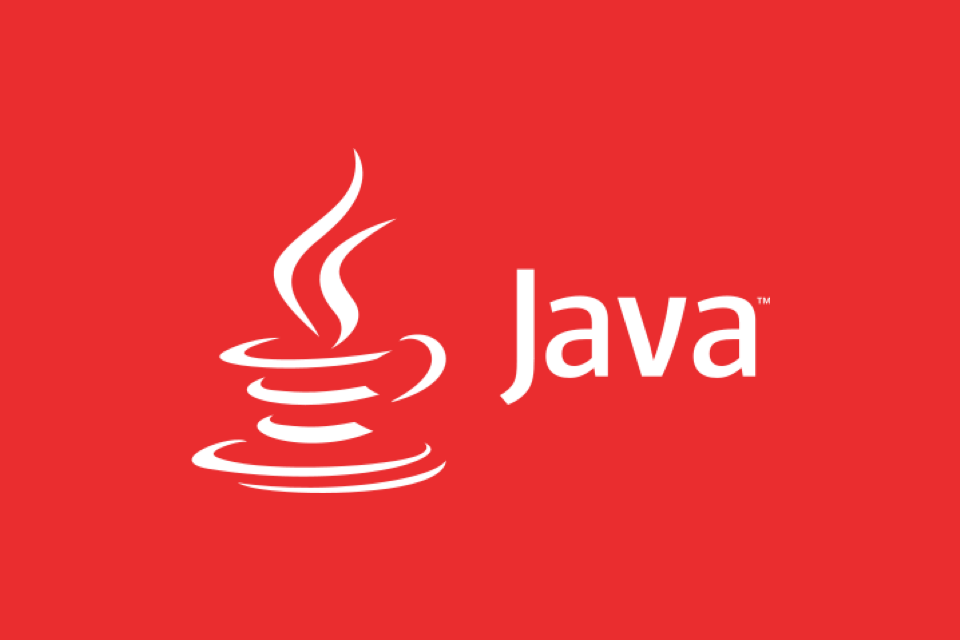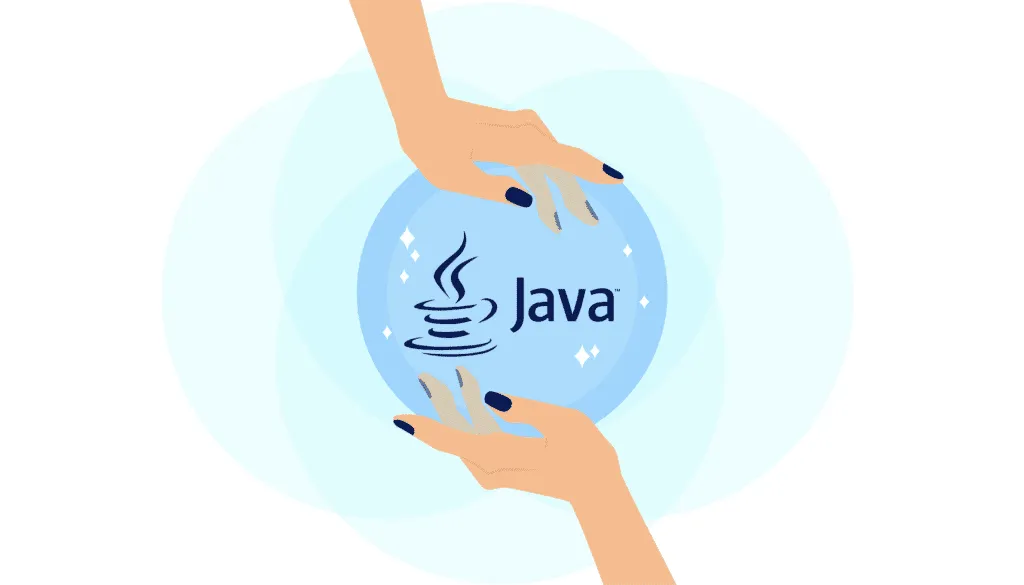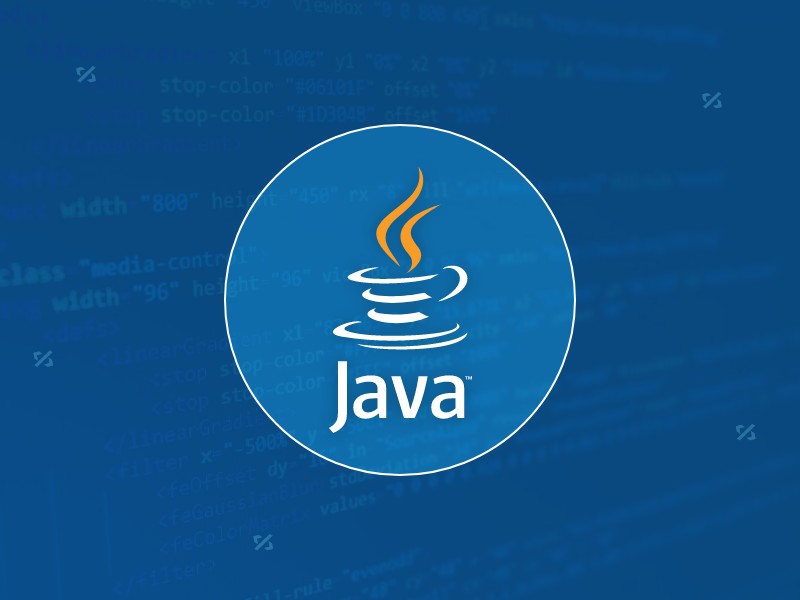Using Java BlockingQueue Implementations for Concurrency
Jul 07, 2025 am 01:53 AMBlockingQueue is an important tool for thread collaboration in Java concurrent programming. It provides a thread-safe queue structure and automatically blocks fetch/drop operations when the queue is empty or full, which is ideal for the producer-consumer model. 1. Common implementation classes include ArrayBlockingQueue (bounded array queue), LinkedBlockingQueue (optional bounded linked list queue), SynchronousQueue (synchronous queue that does not store elements), PriorityBlockingQueue (unbounded queue that supports priority sorting) and DelayQueue (queue that can only be retrieved after the delay expires). 2. In the producer-consumer model, the producer uses the put method to add data, and the consumer uses the take method to retrieve data, and both will automatically block until the condition is met. 3. When using, pay attention to reasonable setting of capacity, handling InterruptedException exceptions, avoiding deadlocks, selecting the appropriate queue type, and designing a good shutdown mechanism. 4. BlockingQueue can also be used in scenarios such as task scheduling systems, asynchronous logging and current limiting buffering. Its thread safety and blocking characteristics effectively simplify the complexity of concurrent programming.

In concurrent Java programming, BlockingQueue is a very practical tool to handle collaboration between threads. It provides a thread-safe queue structure and automatically blocks the fetch/drop operation when the queue is empty or full, which is perfect for the producer-consumer model.

If you are using the concurrency package that comes with Java, you can quickly build the foundation for multi-threaded task scheduling using the implementation class of java.util.concurrent.BlockingQueue .

1. What are the common BlockingQueue implementation classes?
Java provides a variety of BlockingQueue interface implementations, each suitable for different scenarios:
- ArrayBlockingQueue : Bounded queue, implemented based on array. Suitable for situations where resources are limited and queue size needs to be controlled.
- LinkedBlockingQueue : It can be bounded or unbounded, and is implemented based on linked lists. The capacity is Integer.MAX_VALUE by default, but the size can also be specified.
- SynchronousQueue : A queue that does not store elements. Each insert operation must wait for another thread to remove it.
- PriorityBlockingQueue : Unbounded queues that support priority sorting, which are often used in scenarios where tasks need to be processed according to priority.
- DelayQueue : The element can only be removed after the delay expires, and is suitable for timing task scheduling.
Choosing the right implementation class is the first step, which directly affects program performance and behavior.

2. How to use BlockingQueue in the producer-consumer model?
This is one of the most common uses BlockingQueue . The basic idea is:
- Producer thread adds data to the queue (put)
- Consumer thread takes data from queue
These two methods will automatically block until the condition is met. For example, if the queue is empty, take will block; if the queue is full, put will block.
To give a simple example:
BlockingQueue<String> queue = new ArrayBlockingQueue<>(5);
// Producer thread new Thread(() -> {
try {
for (int i = 0; i < 10; i ) {
String data = "item-" i;
queue.put(data);
System.out.println("Produced: " data);
Thread.sleep(500);
}
} catch (InterruptedException e) {
Thread.currentThread().interrupt();
}
}).start();
// Consumer thread new Thread(() -> {
try {
while (true) {
String item = queue.take();
System.out.println("Consumed: " item);
}
} catch (InterruptedException e) {
Thread.currentThread().interrupt();
}
}).start();This code demonstrates the process of two threads communicating through a queue. You can replace the specific content of production and consumption based on the actual business logic.
3. What should I pay attention to when using BlockingQueue?
Although BlockingQueue is very convenient, there are still several key points to pay attention to:
- The capacity setting should be reasonable : especially when using bounded queues (such as ArrayBlockingQueue), too small capacity can easily cause frequent blockage, and too large may waste memory.
- Exception handling cannot be ignored : both
put()andtake()methods throw InterruptedException, which usually means that the thread is interrupted, and appropriate cleaning and exit should be done. - Avoid deadlocks : If multiple threads are waiting for each other to release resources, deadlocks may occur. It is recommended to simplify thread interaction logic as much as possible during design.
- Pay attention to the selection of queue types : For example, SynchronousQueue does not store elements, and all puts must wait for take. This feature is useful in some high concurrency scenarios, but is also more prone to errors.
- The shutdown mechanism must be considered thoroughly : if there is no clear exit condition, the consumer thread may loop infinitely. You can add a "poison pill" object or use the volatile flag to notify the thread to exit.
4. How else can BlockingQueue be used?
In addition to the classic producer-consumer model, BlockingQueue is also useful in many other scenarios:
- Task Scheduling System : It can be used as a task queue for thread pools. For example,
ThreadPoolExecutorconstructor accepts a BlockingQueue. - Asynchronous logging : Write logs to the queue, and a separate thread is used to flush the disk asynchronously to improve the response speed of the main process.
- Current limiting and buffering : In high concurrency requests, the request is first placed in the queue and then processed gradually to play a role in cutting peaks and filling valleys.
These applications all rely on BlockingQueue's thread safety and blocking characteristics, which can help us simplify the complexity of concurrent programming.
Basically that's it. BlockingQueue is a very basic but very useful component in Java concurrency package. Understanding its usage and applicable scenarios is very helpful for writing stable and efficient multi-threaded programs.
The above is the detailed content of Using Java BlockingQueue Implementations for Concurrency. For more information, please follow other related articles on the PHP Chinese website!

Hot AI Tools

Undress AI Tool
Undress images for free

Undresser.AI Undress
AI-powered app for creating realistic nude photos

AI Clothes Remover
Online AI tool for removing clothes from photos.

Clothoff.io
AI clothes remover

Video Face Swap
Swap faces in any video effortlessly with our completely free AI face swap tool!

Hot Article

Hot Tools

Notepad++7.3.1
Easy-to-use and free code editor

SublimeText3 Chinese version
Chinese version, very easy to use

Zend Studio 13.0.1
Powerful PHP integrated development environment

Dreamweaver CS6
Visual web development tools

SublimeText3 Mac version
God-level code editing software (SublimeText3)

Hot Topics
 How to iterate over a Map in Java?
Jul 13, 2025 am 02:54 AM
How to iterate over a Map in Java?
Jul 13, 2025 am 02:54 AM
There are three common methods to traverse Map in Java: 1. Use entrySet to obtain keys and values at the same time, which is suitable for most scenarios; 2. Use keySet or values to traverse keys or values respectively; 3. Use Java8's forEach to simplify the code structure. entrySet returns a Set set containing all key-value pairs, and each loop gets the Map.Entry object, suitable for frequent access to keys and values; if only keys or values are required, you can call keySet() or values() respectively, or you can get the value through map.get(key) when traversing the keys; Java 8 can use forEach((key,value)->
 Java Optional example
Jul 12, 2025 am 02:55 AM
Java Optional example
Jul 12, 2025 am 02:55 AM
Optional can clearly express intentions and reduce code noise for null judgments. 1. Optional.ofNullable is a common way to deal with null objects. For example, when taking values ??from maps, orElse can be used to provide default values, so that the logic is clearer and concise; 2. Use chain calls maps to achieve nested values ??to safely avoid NPE, and automatically terminate if any link is null and return the default value; 3. Filter can be used for conditional filtering, and subsequent operations will continue to be performed only if the conditions are met, otherwise it will jump directly to orElse, which is suitable for lightweight business judgment; 4. It is not recommended to overuse Optional, such as basic types or simple logic, which will increase complexity, and some scenarios will directly return to nu.
 Comparable vs Comparator in Java
Jul 13, 2025 am 02:31 AM
Comparable vs Comparator in Java
Jul 13, 2025 am 02:31 AM
In Java, Comparable is used to define default sorting rules internally, and Comparator is used to define multiple sorting logic externally. 1.Comparable is an interface implemented by the class itself. It defines the natural order by rewriting the compareTo() method. It is suitable for classes with fixed and most commonly used sorting methods, such as String or Integer. 2. Comparator is an externally defined functional interface, implemented through the compare() method, suitable for situations where multiple sorting methods are required for the same class, the class source code cannot be modified, or the sorting logic is often changed. The difference between the two is that Comparable can only define a sorting logic and needs to modify the class itself, while Compar
 How to fix java.io.NotSerializableException?
Jul 12, 2025 am 03:07 AM
How to fix java.io.NotSerializableException?
Jul 12, 2025 am 03:07 AM
The core workaround for encountering java.io.NotSerializableException is to ensure that all classes that need to be serialized implement the Serializable interface and check the serialization support of nested objects. 1. Add implementsSerializable to the main class; 2. Ensure that the corresponding classes of custom fields in the class also implement Serializable; 3. Use transient to mark fields that do not need to be serialized; 4. Check the non-serialized types in collections or nested objects; 5. Check which class does not implement the interface; 6. Consider replacement design for classes that cannot be modified, such as saving key data or using serializable intermediate structures; 7. Consider modifying
 How to handle character encoding issues in Java?
Jul 13, 2025 am 02:46 AM
How to handle character encoding issues in Java?
Jul 13, 2025 am 02:46 AM
To deal with character encoding problems in Java, the key is to clearly specify the encoding used at each step. 1. Always specify encoding when reading and writing text, use InputStreamReader and OutputStreamWriter and pass in an explicit character set to avoid relying on system default encoding. 2. Make sure both ends are consistent when processing strings on the network boundary, set the correct Content-Type header and explicitly specify the encoding with the library. 3. Use String.getBytes() and newString(byte[]) with caution, and always manually specify StandardCharsets.UTF_8 to avoid data corruption caused by platform differences. In short, by
 JavaScript Data Types: Primitive vs Reference
Jul 13, 2025 am 02:43 AM
JavaScript Data Types: Primitive vs Reference
Jul 13, 2025 am 02:43 AM
JavaScript data types are divided into primitive types and reference types. Primitive types include string, number, boolean, null, undefined, and symbol. The values are immutable and copies are copied when assigning values, so they do not affect each other; reference types such as objects, arrays and functions store memory addresses, and variables pointing to the same object will affect each other. Typeof and instanceof can be used to determine types, but pay attention to the historical issues of typeofnull. Understanding these two types of differences can help write more stable and reliable code.
 Outlook shortcut for new email
Jul 11, 2025 am 03:25 AM
Outlook shortcut for new email
Jul 11, 2025 am 03:25 AM
How to quickly create new emails in Outlook is as follows: 1. The desktop version uses the shortcut key Ctrl Shift M to directly pop up a new email window; 2. The web version can create new emails in one-click by creating a bookmark containing JavaScript (such as javascript:document.querySelector("divrole='button'").click()); 3. Use browser plug-ins (such as Vimium, CrxMouseGestures) to trigger the "New Mail" button; 4. Windows users can also select "New Mail" by right-clicking the Outlook icon of the taskbar
 Java method references explained
Jul 12, 2025 am 02:59 AM
Java method references explained
Jul 12, 2025 am 02:59 AM
Method reference is a way to simplify the writing of Lambda expressions in Java, making the code more concise. It is not a new syntax, but a shortcut to Lambda expressions introduced by Java 8, suitable for the context of functional interfaces. The core is to use existing methods directly as implementations of functional interfaces. For example, System.out::println is equivalent to s->System.out.println(s). There are four main forms of method reference: 1. Static method reference (ClassName::staticMethodName); 2. Instance method reference (binding to a specific object, instance::methodName); 3.






